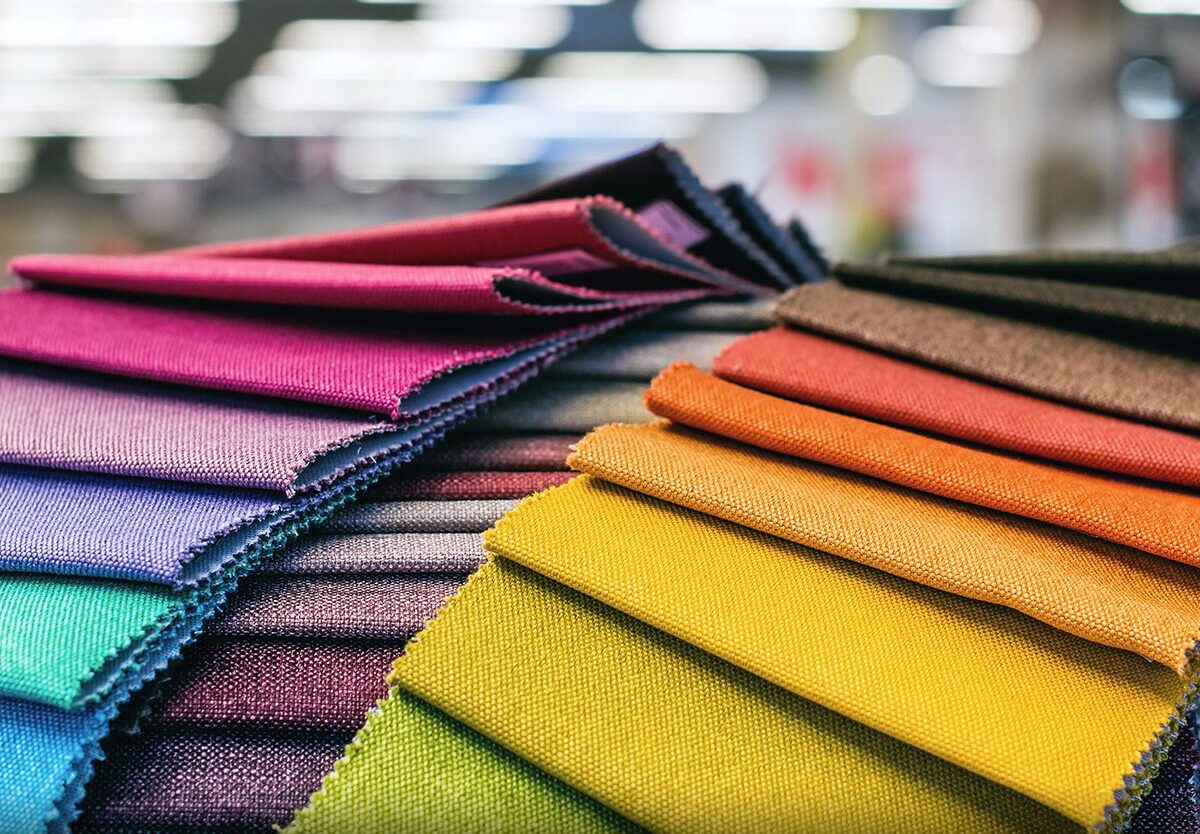
Ever wondered why we celebrate National Textiles Day on May 3rd? National Textiles Day is not just another date on the calendar; it's a day dedicated to appreciating the rich history, diversity, and innovation within the textile industry. From the clothes on our backs to the linens in our homes, textiles weave through every aspect of our lives, often unnoticed. This special day shines a spotlight on the artisans, designers, and technological advancements that have shaped the world of fabrics. Whether you're a fashion enthusiast, a history buff, or simply curious, National Textiles Day offers a unique opportunity to unravel the threads of a fascinating industry that combines tradition with cutting-edge technology. Let's pull at the thread and unravel the fabric of this intriguing celebration!
Key Takeaways:
- National Textiles Day celebrates the history and creativity of textiles, from fashion to home decor, and encourages support for local artisans and eco-friendly practices.
- This special day highlights the importance of textiles in human history, culture, and the environment, while also inspiring the next generation of designers and artisans.
Celebrating National Textiles Day
National Textiles Day, observed every May 3rd, is a day dedicated to recognizing the rich history, diversity, and innovation within the textile industry. This special day highlights the significance of textiles in our daily lives, from the clothes we wear to the fabrics that decorate our homes.
The Origins of National Textiles Day
- National Textiles Day was established to honor the vast and varied world of textiles, which has been an integral part of human civilization for thousands of years. Textiles are not just functional; they are also an art form, showcasing the creativity and cultural heritage of artisans worldwide.
The Importance of Textiles in History
- Textiles have played a crucial role in the development of civilizations. From the sails that powered the ships of explorers to the flags that symbolize nations, textiles have been pivotal in human history. They have also been a medium of expression, carrying stories, traditions, and identities through generations.
Innovations in the Textile Industry
- The textile industry has seen remarkable innovations over the years. The invention of the cotton gin in the 18th century revolutionized the production of cotton fabrics, making textiles more accessible to the masses. In recent times, technological advancements have led to the creation of smart fabrics that can monitor health, change color, and even generate electricity.
The Environmental Impact of Textiles
- With the growing awareness of environmental issues, the textile industry faces challenges regarding sustainability. The production of textiles involves significant water consumption and chemical use, leading to pollution and waste. However, efforts are being made to adopt more eco-friendly practices, such as recycling fabrics and using sustainable materials like organic cotton and bamboo.
Textiles in Fashion and Design
- Textiles are a fundamental element of fashion and interior design. They offer endless possibilities for creativity, allowing designers to experiment with textures, colors, and patterns. National Textiles Day celebrates this creativity, encouraging people to appreciate the beauty and craftsmanship of textiles.
Supporting Local Artisans on National Textiles Day
- One way to celebrate National Textiles Day is by supporting local artisans and craftspeople. Purchasing handmade textiles not only helps preserve traditional crafts but also supports the livelihoods of artisans in communities around the world.
Educational Opportunities on National Textiles Day
-
National Textiles Day provides an excellent opportunity for educational institutions to teach students about the importance of textiles in culture, history, and the economy. Workshops, exhibitions, and lectures can help foster an appreciation for the textile arts and inspire the next generation of designers and artisans.
-
Finally, National Textiles Day is a reminder of the interconnectedness of the global community through textiles. As we wear and use textiles daily, this special day encourages us to reflect on their origin, meaning, and impact on society and the environment.
A Stitch in Time: Celebrating Textiles
National Textiles Day, celebrated on May 3rd, isn't just another day on the calendar. It's a vibrant reminder of the rich tapestry that textiles weave into our lives. From the clothes we wear to the fabrics that adorn our homes, textiles are everywhere, touching every aspect of our daily routines. This day encourages us to appreciate the skill, creativity, and history behind these materials. Whether you're a fashion enthusiast, a history buff, or simply someone who enjoys the comfort of a well-made fabric, there's something for everyone to celebrate. So, next time May 3rd rolls around, take a moment to think about the incredible journey of textiles, from simple threads to complex weaves that tell the story of human ingenuity and artistry. Let's not just mark the day but weave its significance into our lives, appreciating the beauty and craftsmanship of textiles all year round.
Frequently Asked Questions
Was this page helpful?
Our commitment to delivering trustworthy and engaging content is at the heart of what we do. Each fact on our site is contributed by real users like you, bringing a wealth of diverse insights and information. To ensure the highest standards of accuracy and reliability, our dedicated editors meticulously review each submission. This process guarantees that the facts we share are not only fascinating but also credible. Trust in our commitment to quality and authenticity as you explore and learn with us.


